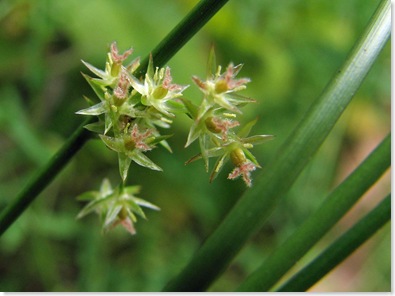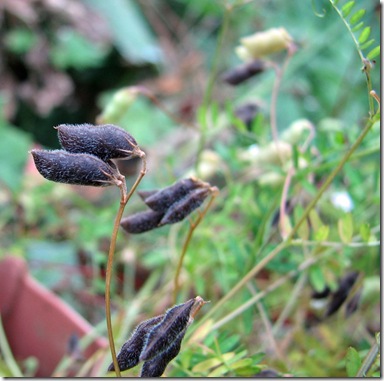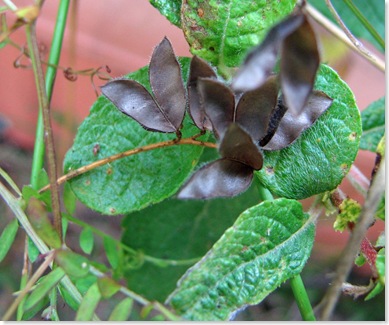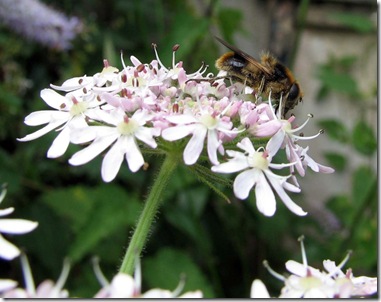Much action on the Windowbox today. In the morning three common red soldier beetles (Rhagonycha fulva) were crawling about on the hairy tare, which is now like green wire-netting.

Several small flies rested, as they like to do, on the leaves of the largest sallow. The one below is, I think a lance fly (Diptera: Lonchaeidae)

There was also (below) a common flower bug, (Anthocoris nemorum) on a sallow leaf, a plant of which it is particularly fond as an aphid hunting ground (though there do not appear to be any aphids).
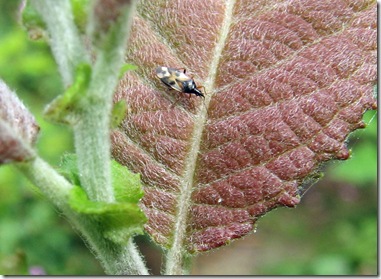
The soft-rush (Juncus effusus) is flowering now, though this year's stems are very weak and the flowers unusually pale. For some reason this plant seems to be photographed by others mainly when the it has run to seed. Maybe actual flowering is very brief.
